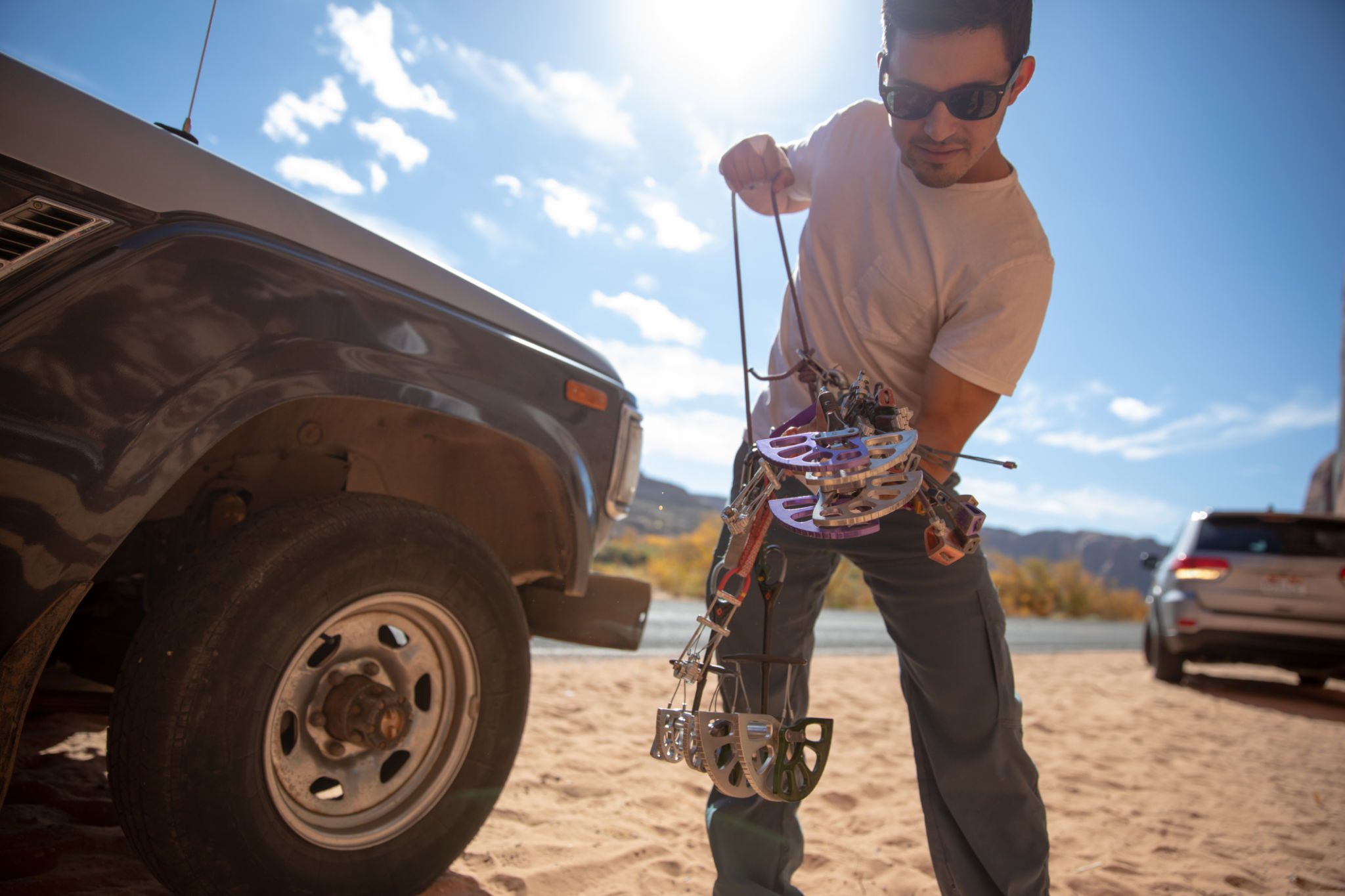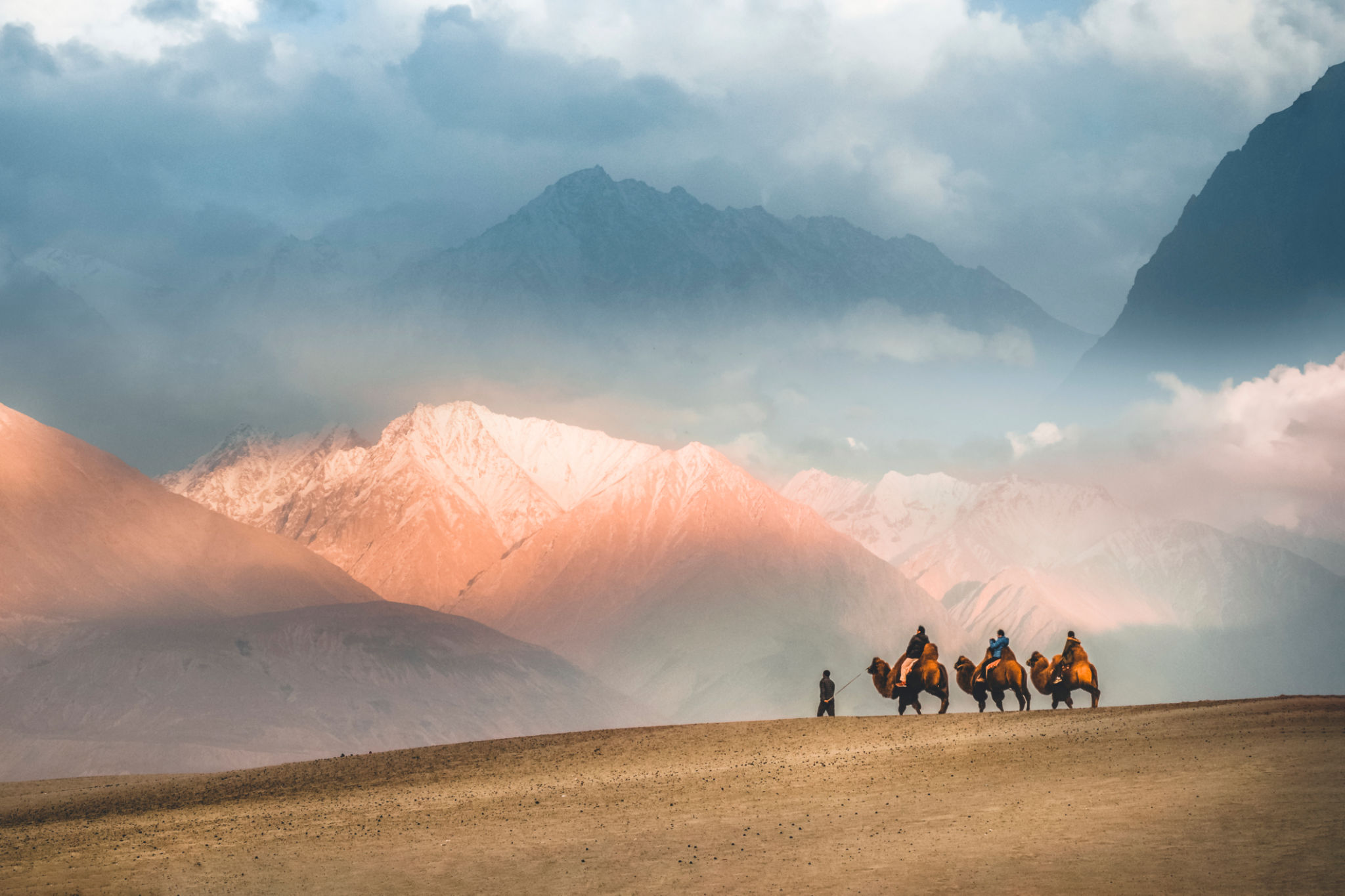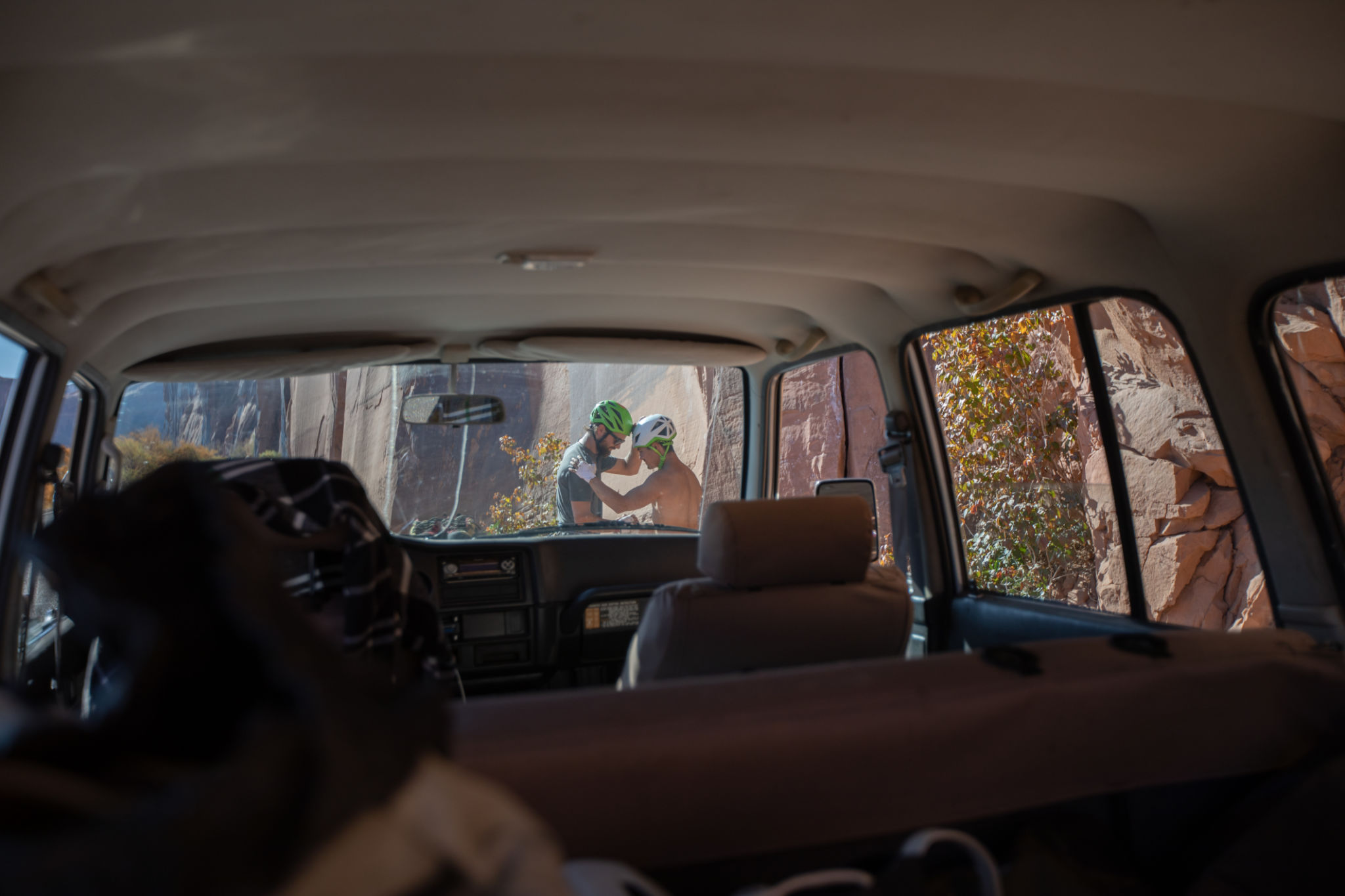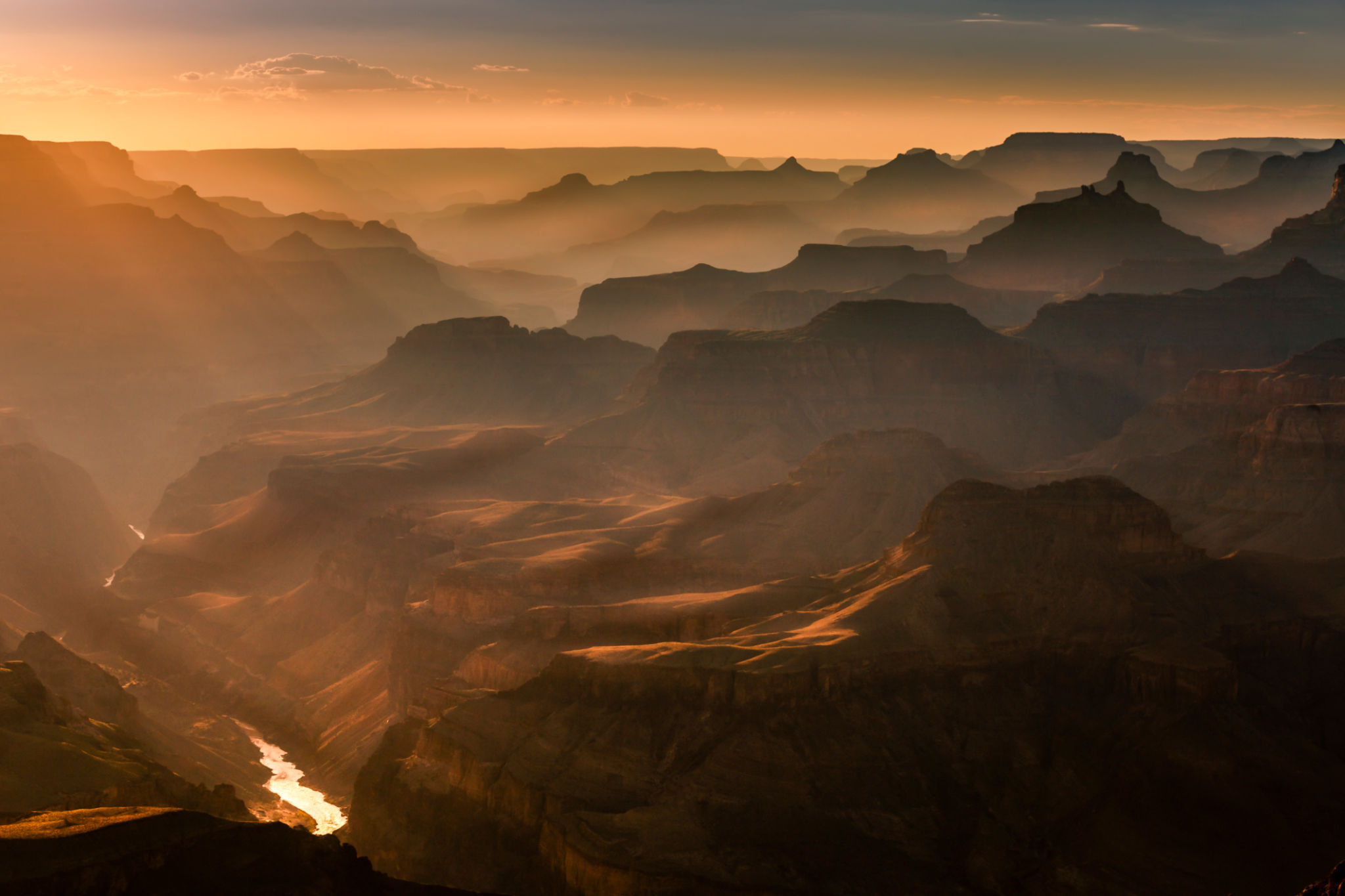Surviving the Rub Al Khali: Insights from the EQRUN Experience
The Vastness of the Rub Al Khali
The Rub Al Khali, also known as the "Empty Quarter," is the world's largest continuous sand desert. Spanning over 650,000 square kilometers across Saudi Arabia, Oman, the United Arab Emirates, and Yemen, this desert is a formidable environment. Surviving its harsh conditions requires resilience, preparation, and a deep respect for the natural world.
The EQRUN experience offers a unique opportunity for adventurers to explore this vast and mysterious landscape. Participants must be well-prepared and ready to face the challenges of extreme temperatures, vast dunes, and limited resources. Understanding the terrain and weather conditions is crucial for anyone attempting to traverse this legendary desert.

Preparation is Key
Before embarking on an expedition across the Empty Quarter, thorough preparation is essential. Participants in the EQRUN experience undergo extensive training to ensure they are physically and mentally prepared. This includes endurance training, navigation skills, and learning how to manage resources effectively.
One of the most important aspects of preparation is understanding the technology and equipment needed for survival. From GPS devices to specialized clothing designed to withstand extreme temperatures, every piece of gear plays a crucial role in ensuring safety. The right preparation can mean the difference between success and failure in such an unforgiving environment.

Navigating the Dunes
Navigation in the Rub Al Khali is no small feat. The ever-shifting sands make it difficult to rely on landmarks, so participants must learn to use advanced navigation tools. The EQRUN experience provides training in using GPS systems and other technologies to track their journey accurately.
Participants also learn traditional navigation techniques used by Bedouins, such as reading the stars and understanding wind patterns. Combining modern technology with ancient wisdom offers a comprehensive approach to navigating this challenging terrain.

Managing Resources Wisely
Resource management is critical when crossing the Empty Quarter. Water is the most precious resource in the desert, and participants must learn how to ration it effectively. EQRUN emphasizes the importance of carrying enough water and knowing how to find alternative sources if necessary.
Food supplies are also carefully calculated to ensure participants have enough energy for the journey while minimizing weight. Learning how to make use of minimal resources efficiently is a valuable skill that can be applied beyond this desert adventure.
The Role of Teamwork
Surviving the Rub Al Khali is not a solo endeavor. Teamwork plays a vital role in the EQRUN experience. Participants work together to navigate the terrain, share resources, and provide support during challenging moments. Strong communication and trust within the team are essential for a successful expedition.

The Reward of Overcoming Challenges
Completing the EQRUN experience in the Rub Al Khali is not just about survival; it’s about personal growth and achievement. Those who conquer this desert are rewarded with a deep sense of accomplishment and a newfound respect for nature’s power.
The insights gained from this experience extend beyond physical endurance. They teach valuable life skills such as resilience, adaptability, and problem-solving. Participants often leave with a different perspective on life, having faced one of nature's most formidable challenges.

Conclusion
The Rub Al Khali remains one of the most daunting environments on Earth. Through the EQRUN experience, adventurers gain not only survival skills but also insights that last a lifetime. It is an extraordinary journey that tests limits and offers unparalleled rewards for those brave enough to take on the challenge.
